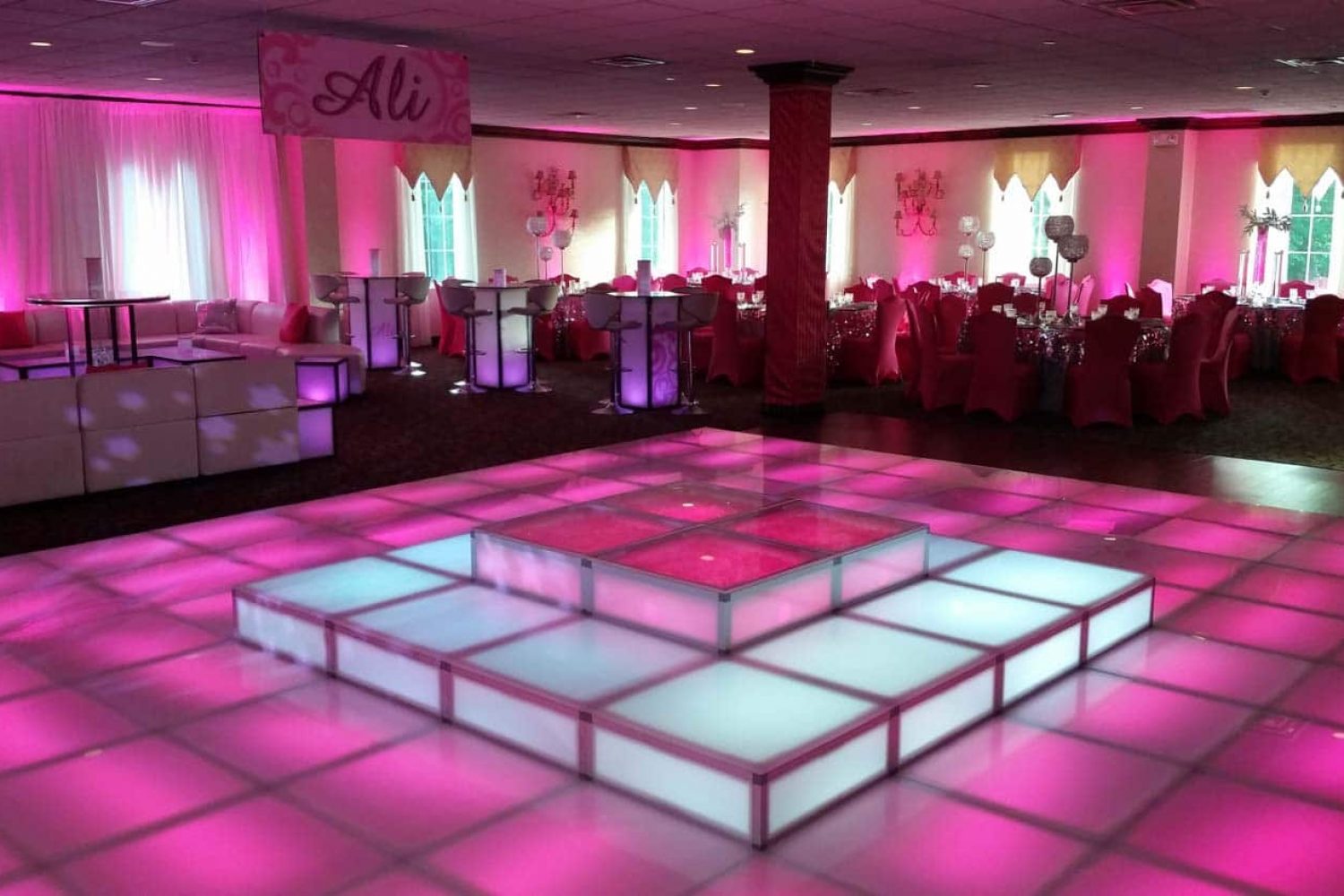The Transformative Impact of Luminance in Elevating Dance Surface Aesthetics
Wiki Article
Lighting plays a crucial role in establishing the ambiance of a dance floor. It can transform a simple space into an exciting setting that improves the total encounter for performers and audience alike. The correct lighting can impact the vibe, dynamism, and even the form of the dance being performed. By using various types of lighting, such as spotlights, colored lights, and strobe effects, event planners can design a dynamic setting that engages the audience and encourages participation.

One of the primary functions of lighting on a dancing area is to showcase the performers. Spotlights can be used to direct attention on solo dancers or groups, making them the center of attention. This technique not only displays their movements but also adds a dimension of theatricality to the show. When dancers are illuminated properly, their expressions and techniques become more visible, allowing the spectators to value their skills. This focused lighting can also help to create a story, leading the audience through the performance.
In addition to highlighting performers, colored illumination can greatly affect the mood of the dancing area. Different colors evoke different emotions; for instance, warm colors like crimson and orange can create a sense of excitement and energy, while cooler colors like azure and emerald can promote calmness and ease. By thoughtfully using colored illumination, event planners can manipulate the atmosphere to match the theme of the occasion or the type of the performance. This considerate approach to lighting setup can enhance the overall experience for everyone involved.
Flashing lights and other dynamic lighting features can also add thrill to a dancing area. These effects can generate a sense of beat and movement that matches the soundtrack being played. When timed with the rhythm, flashing lights can make the dancing area feel vibrant, encouraging dancers to move check out here in sync with the flashing lights. This connection between light and music can boost the energy of the event, making it more pleasurable for both dancers and spectators. The use of such effects requires thoughtful planning to ensure they improve rather than distract from the performance.
Ultimately, the complete setup of the lighting arrangement is crucial for creating a cohesive aesthetic on the dancing area. A carefully planned lighting strategy considers the layout of the space, the type of dance being performed, and the audience's encounter. By combining various lighting methods, such as background lighting, highlighting, and unique features, organizers can create a aesthetically stunning setting. This attention to detail not only enhances the show but also leaves a memorable impression on the audience, making the event unforgettable. In summary, the powerful power of lighting is vital in enhancing dancing area appearance, creating an engaging and enjoyable encounter for everyone.